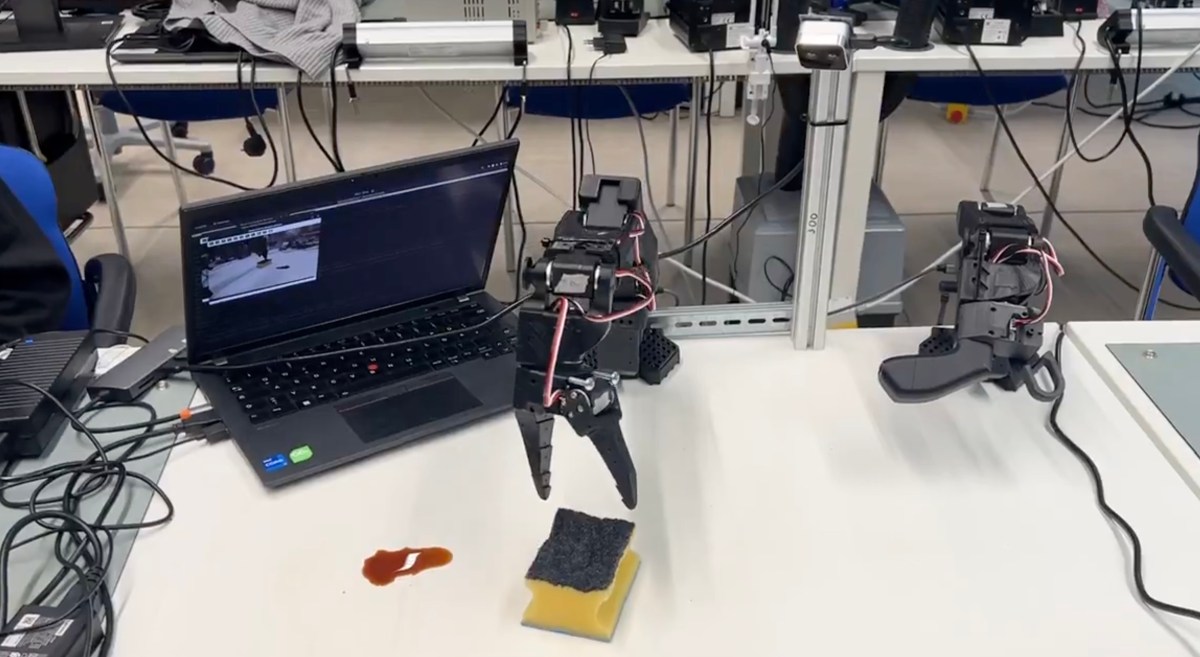Large language models have already proven transformative for robotics. While researchers and companies alike utilize the platforms to supercharge robotic learning, a pair of roboticists at UC Berkeley and ETH Zurich challenged themselves by leveraging generative AI to put a cheap robot arm to work. Jannik Grothusen and Kaspar Janssen trained a pair of $120 […]
© 2024 TechCrunch. All rights reserved. For personal use only.
Large language models have already proven transformative for robotics. While researchers and companies alike utilize the platforms to supercharge robotic learning, a pair of roboticists at UC Berkeley and ETH Zurich challenged themselves by leveraging generative AI to put a cheap robot arm to work.
Jannik Grothusen and Kaspar Janssen trained a pair of $120 robot arms to clean a spill. Using GPT-4o, the robots were programmed in four days, designing a visual language model for human-robot-interaction (HRI). The motions were trained using roughly 100 demos.
If you’d like a robot to help clean up at home, The Robot Studio has released plans on YouTube for building the arms on a budget.

Leave a Reply